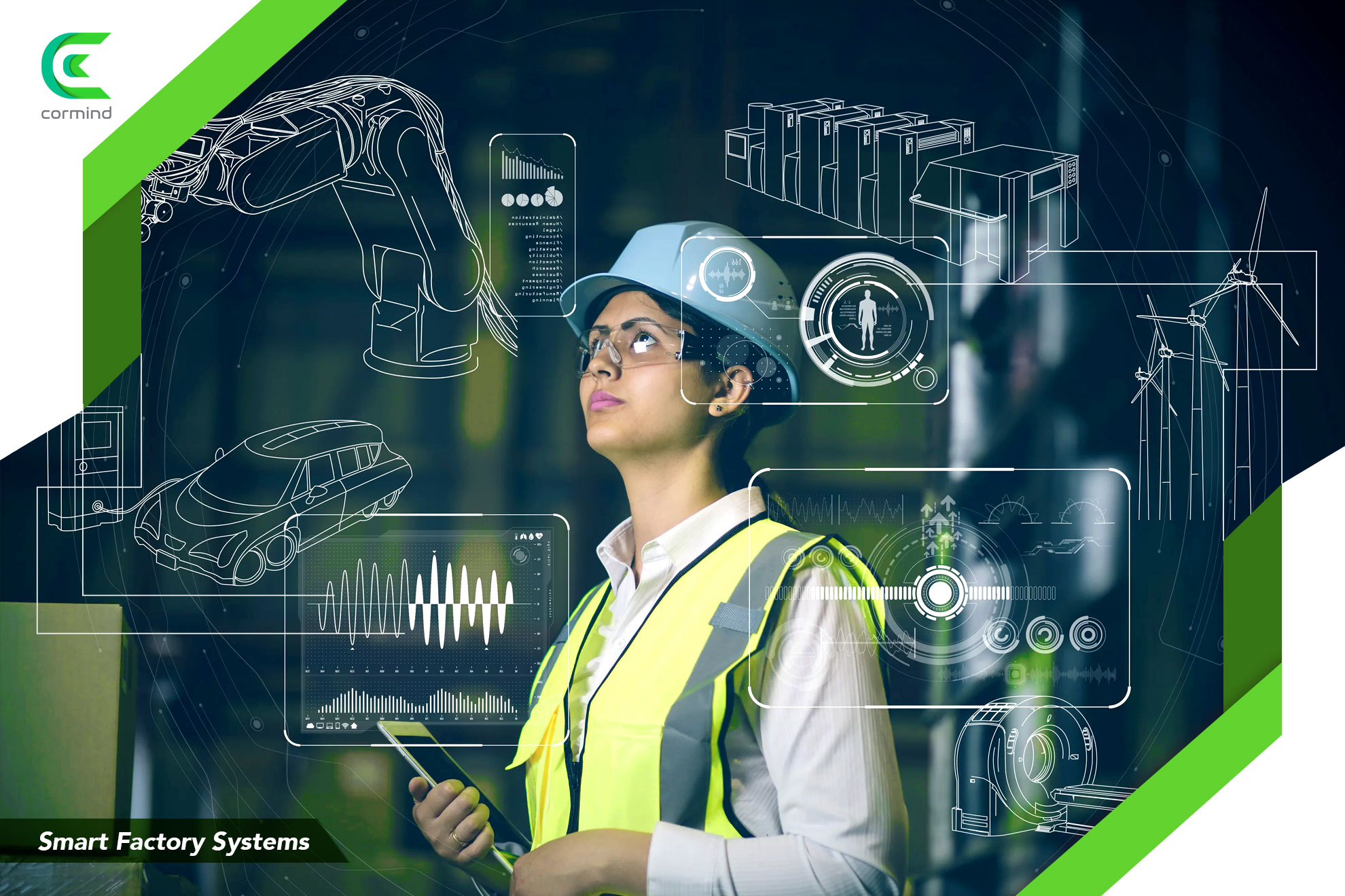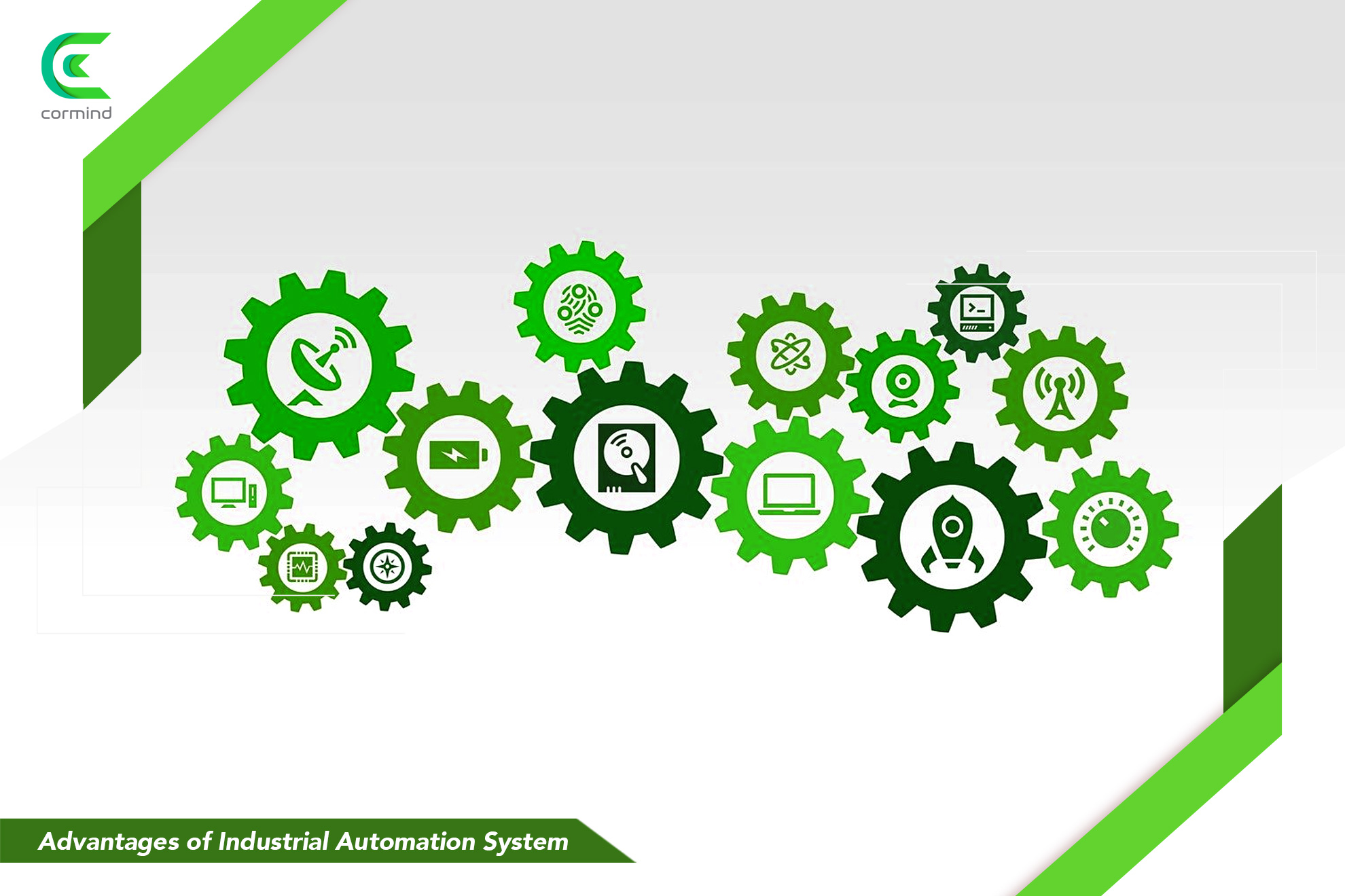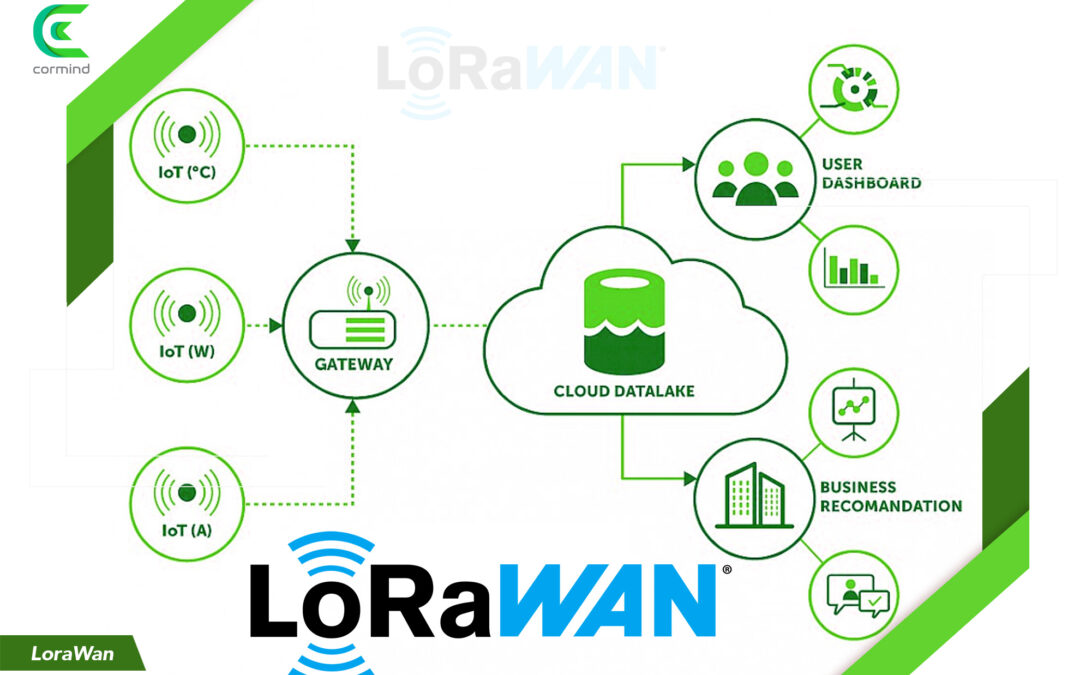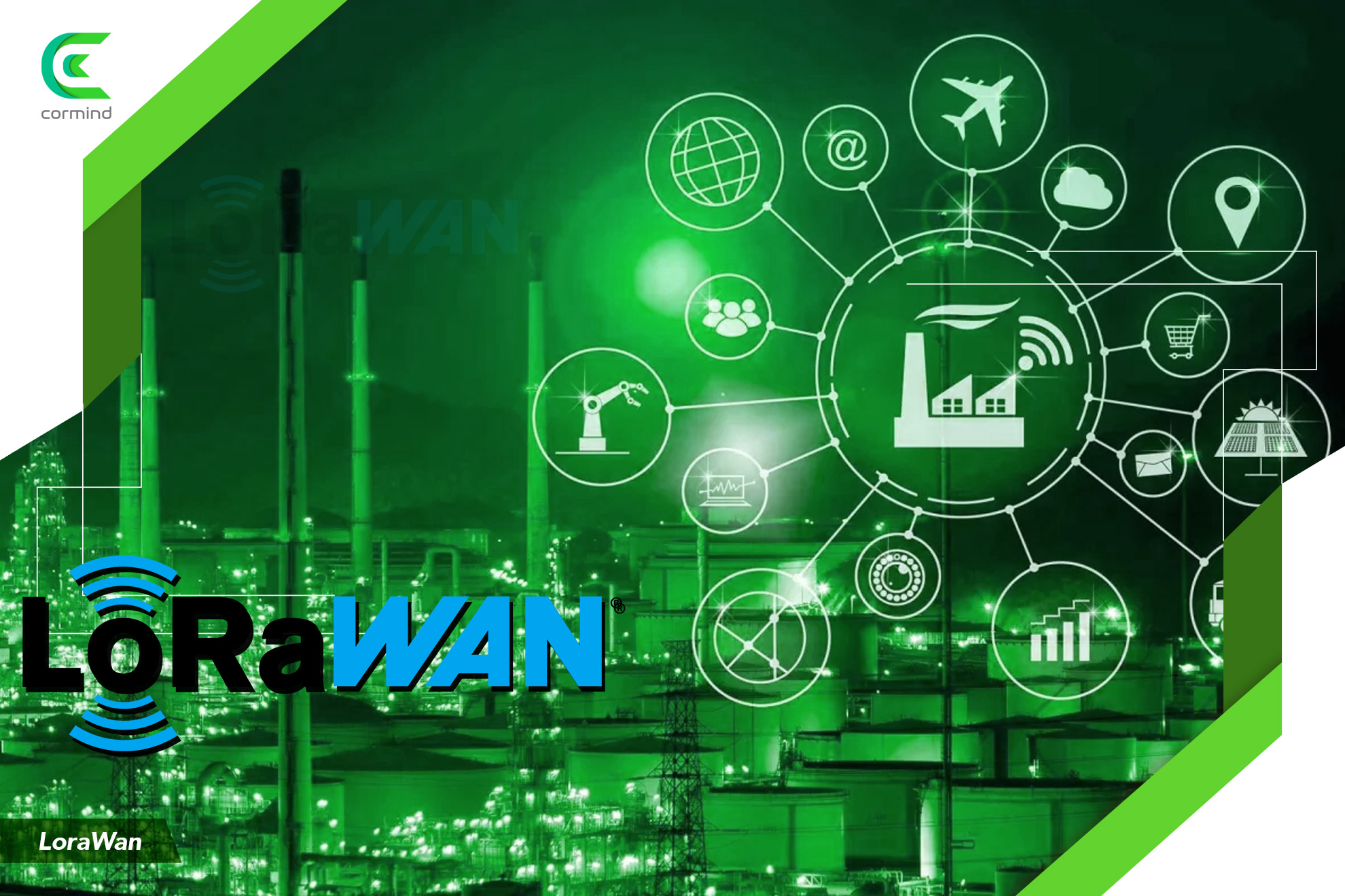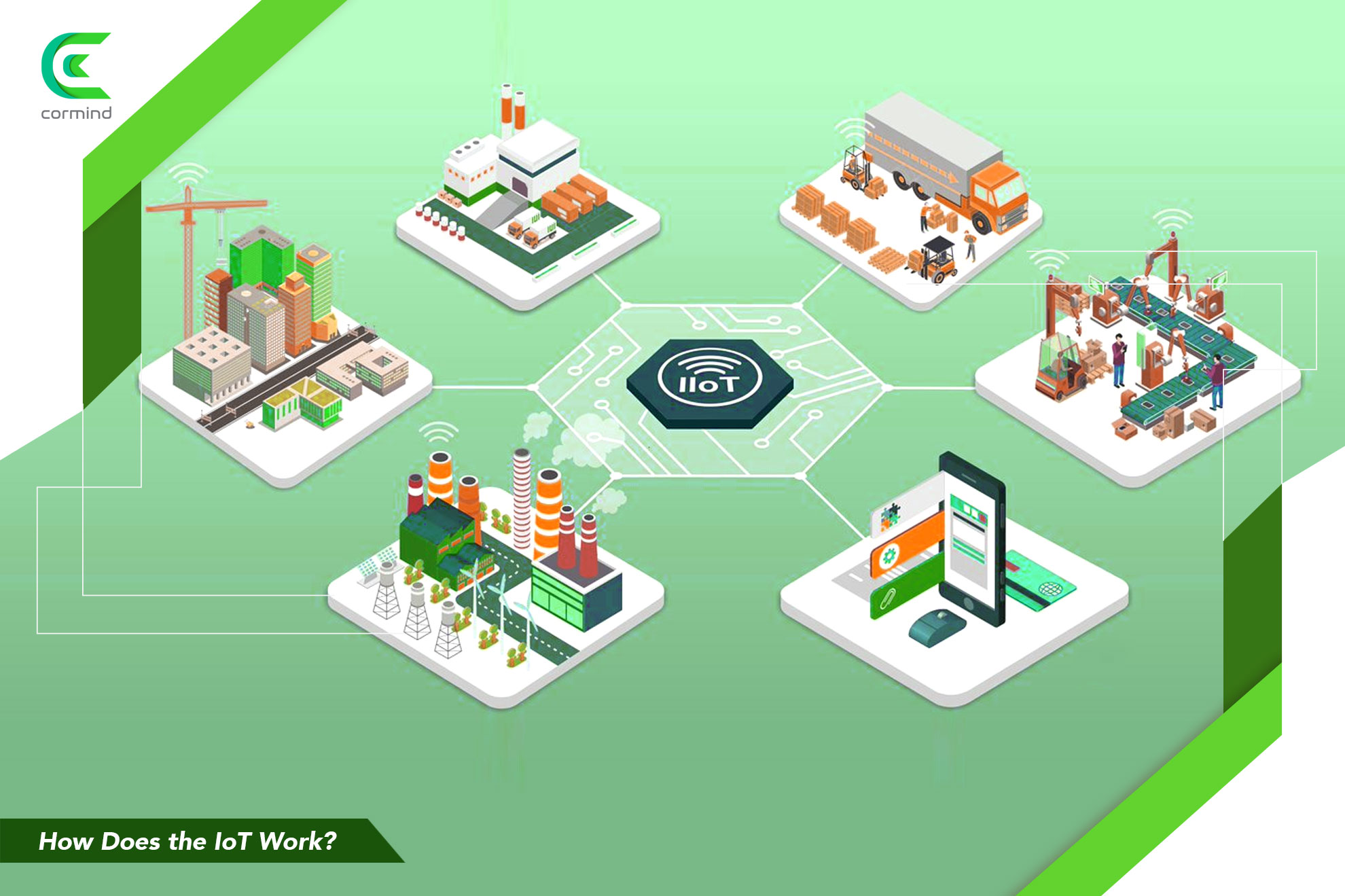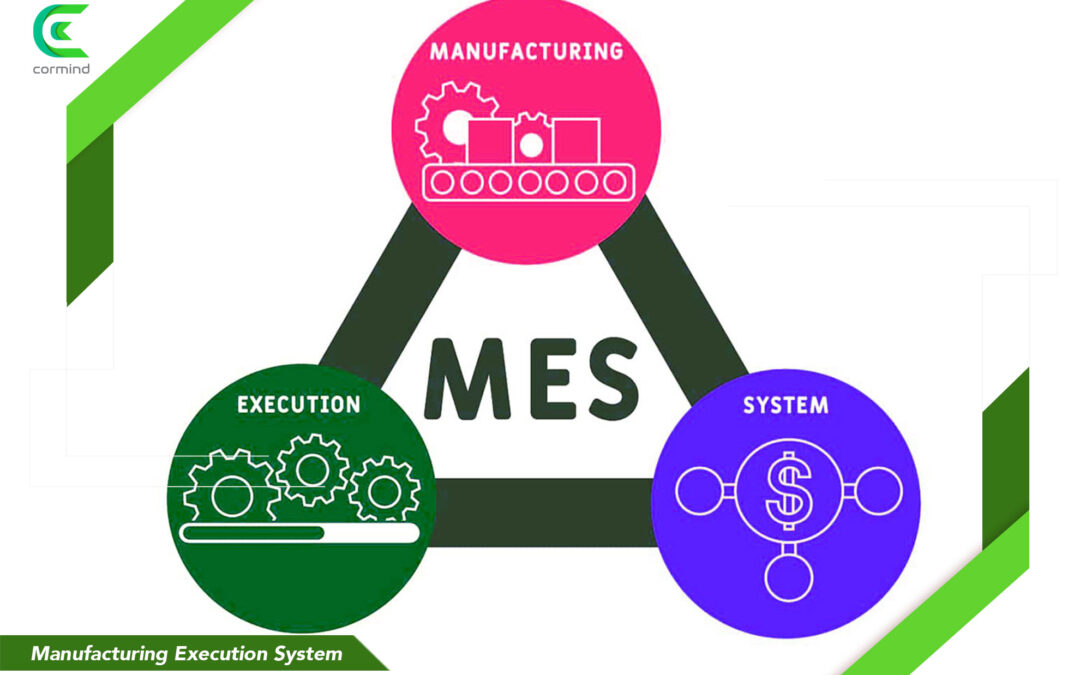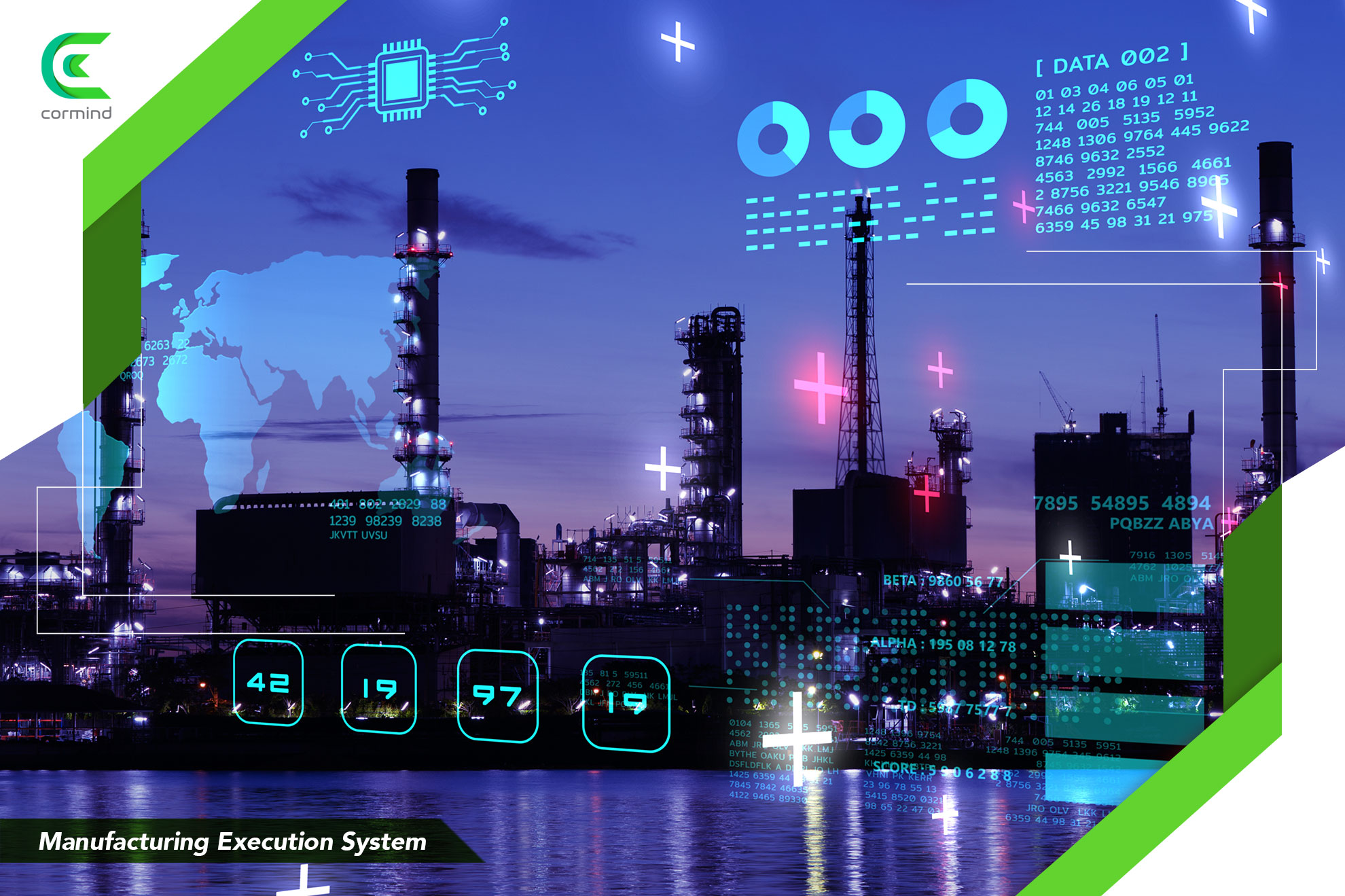
by AlperSarbak | Jul 4, 2023 | Blog
FMEA is used in product development and analysis in various industries and is known as “defect mode and effects analysis“. This has been translated into English as “Failure Mode and Effects Analysis“. FMEA technology is used in various industries, primarily the automotive industry, to control the correct and safe application of products and assemblies. This is one of the most important tests to ensure that the product reaches the end user from the factory without any errors. FMEA is widely used to detect errors in production processes, improve production and assembly processes, provide maximum performance, and bring an innovative perspective to the quality control phase.
FMEA Types
FMEA can be applied in a variety of product- and industry-specific ways, resulting in three different types on the market. There are three types of FMEA:
Integrated (MSR) FMEA In this model, which is more project-specific than product-oriented, FMEA is not only product-oriented but also designed to detect environmental problems and prevent unforeseen problems. It detects potential electronic and programmatic malfunctions in your workspace and works with your system to analyze impact and error.
Design FMEA This type of FMEA is widely used in the automotive industry and is also widely preferred by the P&D departments of the brands. You can detect and analyze the features and functions of the products coming off the line and make fault investigations. It is important to send the product to assembly in the best possible way.
Process F.M.E.A. is especially preferred during the assembly phase, where a product analyzes the assembly stages, identifies fault-tolerant details, and offers suggestions for improving the process. Process FMEA focuses on structural analysis elements and disciplines the entire system by offering suggestions for improving production conditions. In this way, the products leaving the line are delivered as soon as possible and with minimum error.
FMEA (Failure Mode and Effects Analysis) Processes
Failure Modes and Effects Analysis aims to digitize your company’s quality control processes by combining industry-leading software with innovative perspectives. It detects the problems that may arise during the manufacturing and assembly stages of your product and offers possible solutions to these problems. Thanks to the risk analysis report, it is possible to improve the situation and verify the design or production process using digital methods.
It establishes digital control mechanisms for your products and optimizes the errors that may occur during the production phase with risk analysis. Thanks to digitally executed error and design processes, production costs are reduced and final product performance is increased.
It plays a role in the development of alternative solutions by identifying the main problems arising from possible errors and defects during the production phase. In addition, to increase customer safety, failure mode, and impact analysis can ensure that products are delivered to consumers with maximum performance and receive positive feedback for future reference.
Let us illustrate the Failure Mode and Effects Analysis process below.
The scope and objectives of the work are determined, and team members gather and learn. The system/process that manages FMEA is tried to be understood. It detects possible faults in system components or phases. The function of each component and stage is defined, and the definition is made for each listed component and level.
Natural conditions are defined in the design to eliminate errors, and team members discuss the following questions:
- Is it possible that there are errors in every part?
- By what mechanism could such an error occur?
- What is the possible impact if an error occurs?
- Are bugs harmful or harmless?
- How are errors detected?
Regarding FMEA, the working group will continue to categorize each identified failure mode by severity. There are several ways to do this. Here are some common methods:
- Modal critical exponent
- Risk level
- Risk priority number
Model significance is a safeguard against the possibility that the considered mode will lead to the failure of the entire system. This applies to device malfunctions where the given formula is defined quantitatively and any malfunction leads to the same result. The level of risk is determined by combining the probability of failure with the results of the failure modes that occur. This is used when different failure modes are different and applicable to a device system or process. The level of risk can be expressed quantitatively, semi-quantitatively, or qualitatively.

Failure Mode and Effects Analysis stages,
FMEA Stages
Phase 1 of FMEA research: A detailed examination of the system to be analyzed using workflow charts and mechanical equipment manuals. The description and functional requirements of the system should be included in a list containing the following information:
- A general description of the system’s function and structure,
- Functional relationships between the elements of the system,
- The acceptable functional operating limits of the system and its components and the limits of the system in each typical operating condition.
- A 100% error-free system is indisputable, but a high level of system reliability can only be achieved through the use of techniques such as backup. Low reliability comes with low cost, but replacement procedures and losses may entail additional costs. More reliability means fewer losses and lower replacement costs. If a fault condition occurs that does not adversely affect the primary system, no further evaluation is required unless the operator is aware of the fault.
- The second phase is to gain a technical understanding of the system’s function and operation and create a block diagram showing the system’s functional flow sequence for further analysis. The block diagram should contain at least the following:
- Part of the system as a main subsystem or device,
- All categorized inputs and outputs and an identification number allowing continuous monitoring of each subsystem,
- All support, optional signaling, and other technical features provide automatic protection against failures.
F.M.E.A. Applications
To fulfill the functions outlined below, the technical implementation of FMEA will be made;
- A systematic review of failure types ensures that any damage caused by errors in the process or service is avoided.
- Identify any defects that may affect the process or service or their functionality and the impact of that failure,
- Identify which of these identified failures has a more serious impact on the operation of the process or service, thereby determining the greatest possible damage and what type of failure could cause it,
- Before assembly, it determines the possibilities of error in the process and their source (design, operation, etc.),
- It provides the necessary test programs to be created by determining the failure rate and type that cannot be obtained from other sources,
- Provides necessary test programs created to experimentally check reliability,
- To determine the possible effects of changes in a product,
- Identify how high-risk components can be secured,
- It defines how to eliminate the bad effects of assembly errors.
F.M.E.A. is used to analyze systems where every component, device, machine, or process part fails. To perform this analysis, it needs detailed information about system factors. For detailed design FMEAs, the element may be at the detailed individual component level; for higher-level system FMEAs, items can be defined at a higher level. Information may include:
- A flow chart or drawing containing the analyzed system, it’s components or process steps,
- understand the function of each step of a system component or process,
- details of the environment and other parameters that may affect the operation,
- understand the consequences of certain failures,
- historical error information, including data and failure rates when applicable.

by AlperSarbak | Jul 4, 2023 | Blog
The Smart Factory idea, which has evolved as a consequence of the increasing technology for automation, has a role that is quite progressive and sophisticated. The fact that every step of the manufacturing process is under control 24 hours a day, seven days a week and that there is the possibility of forecasting possible breakdowns is the most significant benefit it offers.
Because of the extremely innovative and cutting-edge nature of the function that they perform, “smart factories” have been given the moniker “the fourth industrial revolution.” This new method, which came about as a result of Industry 4.0 and eventually took the form of the concept of the Smart Factory, has as its overarching goal the eradication of all issues that are brought about by humans throughout the entire production process in order to guarantee that production will continue uninterrupted.
What are the advantages of using Smart Factory Systems in a manufacturing facility?
It is possible that the interruption of production operations in businesses as a result of mistakes made by either humans or pieces of equipment was the single most important reason that led to the development of smart factories. Because of this circumstance, the process of developing the idea of a Smart Factory has started. This Smart Factory concept will make it possible for automation systems to advance to the next level in order to solve the present issue.
The logic behind this type of factory, of which there are some examples in our country, is that all of the equipment, hardware, and even the products produced during the production process are in communication with the system that is introduced. This type of factory does have some examples in our country. Inside the confines of the manufacturing facility are a variety of software, sensor, and robotic technologies that are being used in an effort to achieve this communication.
The continuous traceability that smart manufacturing systems provide is another another significant reason for their widespread adoption. There is always the possibility of gaining access to data that is both quick and accurate. The easiest access to this data and a straightforward navigation structure are the top priorities for us here at Cormind.

What are the Contributions of the Smart Factory System to the Production Process?
The fact that the manufacturing process can be monitored and managed at every level is the most important benefit brought about by the implementation of the smart factory system. It refers to the opportunity to anticipate probable faults or failures in operation. This forecast is reliable due to the fact that the machines and all of the people involved in the manufacturing line are in constant contact with one another.
You may also improve the effectiveness of your production by equipping your manufacturing facilities with the most advanced factory automation solutions now available. You will have the chance to see all processes, beginning with the acquisition of the raw material for your product and continuing through its tracking, storage of the manufactured product, and distribution on a system. You may also observe the benefits of this system with experience that cannot be stated in words, particularly in discovering the sources of mistakes that may arise in goods. This is especially true in the case of determining the causes of errors that may occur in products.
For a free demonstration, please contact us by phone at +902167061518 or by sending an email to [email protected].

by AlperSarbak | May 4, 2023 | Blog
From past to present, many researches have been carried out in the society that constantly needs innovation. Industrial automation systems developed in this context are the second major step after the industrial revolution. In industrial Automation systems, which can replace manpower in any business sector, important control systems such as robots, computers and information technologies are used in industry. In this way, quality and flexibility are increased in all production processes.
The first purpose of Industrial Automation systems, which were created as a result of great efforts, was to increase production with 24-hour systems and thus to make a profit from personnel costs. However, with the industrial automation systems used today, it is aimed to increase flexibility and quality in the production process.
So, is there an advantage of using industrial automation systems? The answer to this question is unhesitatingly yes. Comprehensive information on this subject is given below.

benefits of industrial automation
Advantages of Industrial Automation System
Low Cost
Industrial automation, which reduces the need for manpower in production, eliminates additional payments such as SSK payment, paid leave, holidays and bonuses for personnel. This ensures profit with low cost.
When industrial automation systems are first installed, a certain fee is paid. However, once the system is installed, it allows finding workers with lower wages. This provides a significant reduction in the costs of the company. In addition, the installed automation systems do not require continuous maintenance. These systems, which do not deteriorate too much, can be easily repaired and maintained even by an engineer within the company.
High Productivity
No matter how many workers are employed in a sector, it is not possible to employ workers 24/7 for 365 days. Because it is necessary to take a break for holiday or maintenance in the factory. However, production continues uninterruptedly in factories equipped with industrial automation systems. This means a high rate of production increase. In fact, when a perfectly designed system is created according to the material to be produced in a production facility equipped with advanced automation systems, there is no workload other than adding raw materials. It is possible to have all the work done automatically, from mixing raw materials, moulding and packaging.
High Quality
Workers get tired after working at a certain capacity and feel the need for rest. However, the devices installed with automation systems have the capacity to work continuously without getting tired. A given job is always produced in the same quality and at the same speed with industrial automation products. If there is no electrical and systemic failure, these products, which have the potential to work 24/7, continuously produce the same quality product.
Since the automation system is built on a mathematical framework, it generates output in accordance with the data that is input into the system. As a result, there is almost no room for mistake. There is a high probability that there will be gram discrepancies in the raw material that is manually weighed before it is added to the manufacturing mixture. These discrepancies may cause the product’s functioning to be compromised. The computations, on the other hand, will not produce any mistakes, not even in milligrams, when the measurement is carried out with automation. You will see an improvement in the continuity of your goods, there will be no appearance of new items, and you will consistently be able to make products of the same high quality.
High Flexibility
Due to any change in production lines in the sector, training is required to be given to employees. However, the situation is the opposite in industrial automation systems. Devices can be specially programmed according to the new task. With Industry 4.0, it has become easier to intervene in structurally programmed automation systems. After a little training, anyone who knows how to use a computer can make simple changes and innovations on the automation programme. In this way, there is no need for training for changes in a factory working with industrial automation devices.
What you need to do for production is to reprogram the automation systems and press the button to give the production order. They do not require an extra learning period, adaptation process and orientation training. For this reason, you can use the innovation you desire in the materials you produce and realise your innovative strategies.

by AlperSarbak | Mar 26, 2023 | Blog
Lorawan provides an important advantage for the data connection required by IoT technology to be used in a much wider area. In this way, it becomes possible to establish long-range connections that require very low power consumption. This situation is among the most effective solutions to meet the needs of people.
Rapidly advancing technological developments in today’s world offer many innovations that make human life easier. Devices, which are used by almost all humanity and are indispensable for daily life, can provide data transfer by connecting with each other. The ability of devices to provide this connection is made possible by the internet of Things technology, also known as IoT. This type of connection consists of wide network technology and sensors.
Devices connected to each other with IoT use wireless network technologies such as bluetooth and wi-fi while transferring data. Although wireless networks, which are frequently used in daily life, meet the needs in mobile and web areas, they can be effective in a limited area. Options to increase the area of influence can cause very high costs. Therefore, users prefer to search for different alternatives.
What is Lorawan?
Data transfer has an extremely important place in the developing world technology. For this reason, in order to provide a solution in cases where the wireless network protocol is not sufficient, a technology has been developed that provides the connection of devices on a national or regional scale. This technology, called LoraWan, stands for Long Range Wide Area Network.
LoRa is a technology that is frequently used in various points of daily life and in the industrial sector. With this protocol, data transfer between devices can be provided in a wide area without the need for wifi, ethernet or mobile networks. Lora-Wan is supported by the Lora Alliance, a non-profit and open member association. This is among the most important factors in increasing the frequency of use.
What are the Advantages of Lorawan?
LoraWan has gained a very important place with the benefits it provides in today’s industry 4.0 technologies. The advantages provided by the LoraWan protocol, which offers convenience to users in many ways, can be briefly listed as follows:
- A wide range of up to 20 kilometres,
- Providing two-way communication capability,
- Extremely reduced power consumption with a current requirement of no more than 50 mA for data transfer,
- Allows up to 10 years of battery life,
- It can be used even in case of power failure,
- Delay-free communication between networked devices,
- Enabling confidential and secure communication,
- No outage problems due to consistent and secure connection,
- It has free operating frequencies and low cost base stations.
With LoraWan, the data rate required for range and communication time can be adjusted to suit the conditions. In addition, it is also possible to broadcast multiple broadcasts such as emergency messages between connected devices. With all these advantages, LoRa provides fast and uninterrupted data transfer over a very wide area.
What are the Disadvantages of Lorawan?
LoraWan provides low power consumption data transfer with large capacity especially in industrial areas. Thanks to this feature, it has managed to become a frequently preferred technology in all sectors. In addition to the many benefits it provides, it also has some disadvantages. Some of the disadvantages of LoraWan can be briefly listed as follows:
- Only medium and small data can be transferred,
- Telephone calls cannot be made over this network,
- Video and photo transfers cannot be made,
- Not suitable for real-time applications that need data,
- The range width may vary according to the physical conditions in the area of use.
The disadvantages of LoraWan arise depending on the usage area and purposes. However, if it is used in line with the determined capacity and needs, it is possible to significantly reduce the disadvantages.

LoRaWAN
What are Lorawan Areas of Use?
The development of technology provides various conveniences to people in all areas of life. LoraWan has a very important place in facilitating data communication between devices and automation systems. Some areas where LoraWan, which can support many applications, is used can be listed as follows:
- Provision of street lighting,
- Monitoring water and energy consumption,
- Control and management of parking spaces,
- Operation of smart irrigation systems,
- Monitoring of critical infrastructures,
- Making efficiency measurements in the industrial field,
- It is the realisation of applications related to occupational safety and occupational health.
In line with the developing technologies and new usage needs, the usage areas of LoraWan are increasing day by day. With its convenience and low cost feature, LoraWan surpasses many existing technologies and is becoming more preferred.
Lorawan Projects
Lorawan projects cover applications that are encountered unnoticed in many areas of daily life. These projects can be exemplified as follows:
- Meter reading operations,
- Intelligent lighting systems,
- Intelligent parking systems,
- Smart agriculture applications,
- Heat and humidity monitoring systems,
- Waste management systems,
- Leakage monitoring systems,
- Herd tracking systems,
- Environmental monitoring studies,
- They are smart energy systems.
LoRa significantly increases the battery life of the devices thanks to the energy efficiency it provides. At the same time, it is becoming an increasingly preferred system day by day thanks to its advantages such as being a wireless system and not disturbing the signal data of interference.
Lorawan Turkey
The ISM band at 868 megahertz is compatible with Lorawan, which has attained a level of popularity in Turkey comparable to that seen in the rest of the globe. By doing things in this manner, it is possible to achieve a transmission distance of up to 15 kilometers in open regions and up to 3 kilometers in restricted locations. In spite of the fact that Turkey has a restricted supply of service resources on account of the novelty of the technology, there are significant businesses that are potential candidates to take part in the operational procedures. This is a significant advancement that will allow our nation to use Lorawan technology in the manner that is both the most effective and the most efficient.

by AlperSarbak | Mar 14, 2023 | Blog
The concept of the Internet of Things (IoT) technology is the communication and interaction between smart devices. Nowadays, the Internet of Things covers a wide range of devices, from small household appliances to smart cities. The data generated by these devices is referred to as big data.
In IoT, various devices can be connected to each other and exchange information without human intervention. This enables devices to work together and provides real-time data for monitoring and decision-making purposes. For example, a smart home system can connect to and control multiple devices such as thermostats, lights, and security cameras.
What is the Internet of Things (IoT)?
Systems that transfer data over a network without the need for human-to-human or human-to-computer interaction are referred to as the Internet of Things (IoT). These systems can transfer data by using interconnected computing devices, mechanical and digital machines, objects, animals, or unique identifiers. This eliminates the need for human-to-human or human-to-computer interaction (UIDs).
IoT technology is being increasingly used by businesses across a wide range of sectors in order to improve operational efficiencies, enhance decision-making processes, boost the value of their operations, and get a deeper comprehension of their clientele.
In 1991, while giving a presentation, Kevin Ashton came up with the concept that would later be known as the Internet of Things (IoT). It is a term that refers to the interaction of a number of electric gadgets, such as the wristwatch that you wear on your wrist in addition to other electronic appliances.
For example, the sensors in a wristwatch you wear on your wrist may be able to determine the distance you’ve walked, the number of steps you’ve done, and your heart rate while you’re engaging in these activities. The information that is gathered by these sensors may be examined by a client device, such as a personal computer or a mobile phone, to assist us in better organizing our life. The Internet of Things is made up of its most basic component, which is the communication that takes place between the two different devices.

iot tech
How Does the Internet of Things (IoT) Work?
An Internet of Things ecosystem consists of web-enabled smart devices that use embedded processors, sensors and communication hardware to collect, send and act on data from their environment.
In other words;
IoT is a network of devices connected through communication technologies to create systems that monitor, collect, exchange and analyse data, providing valuable information that enables industry companies to make business decisions faster.
An industrial IOT system consists of:
- Intelligent entities that can sense, transmit and store information about themselves. That is, applications, controllers, sensors and security components.
- Data communication infrastructure, for example the cloud;
- Analytics and applications and people who generate business knowledge from raw data.
IOT devices share the sensor data they collect by connecting it to an IOT gateway or another edge device from the cloud where the data is sent to the cloud to be analysed locally or analysed locally. Sometimes, these devices communicate with other related devices and act on the information they receive from each other. The devices do most of the work without human intervention, but people can interact with the devices. For example, setting them up, giving instructions or accessing data. The connectivity, networking and communication protocols used with these web-enabled devices largely depend on the specific IoT applications being deployed.
Internet Of Things (IoT) Benefits:
The Internet of Things offers organisations a range of benefits that enable them to
- Monitor overall business processes.
- Enhance the customer experience.
- Save time and money.
- Increase employee productivity.
- Integrate and adapt business models.
- Making better business decisions.
- Generating more revenue.
IOT encourages companies to rethink the way they approach their businesses, industries and markets and gives them the tools to improve their business strategies. One of the most touted benefits is the predictive maintenance of industrial internet businesses provide.
This “involves organisations using real-time data generated from IoT systems to predict faults in machines”, for example, before they occur, before a part breaks down or a machine breaks down, enabling companies to take action to solve these problems.
Another common benefit is improved field services. help field service technicians identify potential problems with customer equipment before they become major issues, enabling technicians to resolve problems before they inconvenience customers.
Asset tracking is another IOT benefit. Suppliers, manufacturers and customers can use asset management systems to track the location and condition of goods along the supply chain. The system sends immediate alerts to stakeholders if goods are damaged or at risk of damage, giving them the chance to take immediate or preventive action to rectify the situation.
IOT ensures greater customer satisfaction. When products are connected to the internet of things, the manufacturer can capture and analyse data on how customers use their products. It enables manufacturers and product designers to adapt future IOT devices and create more customer-centric product roadmaps. IoT also improves plant management. Because manufacturing equipment is sensitive to wear and tear, as well as to specific conditions within a factory, sensors can monitor vibrations, temperatures and other factors that can lead to sub-optimal working conditions.

iot
Internet of Things and Big Data
Today, the Internet of Things extends from small home appliances to smart cities. Of course, the data generated here appears as Big Data. Big data created by making sense of the data used in the Internet of Things and analysing different data is very valuable.
For example; everyone has searched for a parking space in the car park. The signs that are used in car parks today and write “FULL” or “EMPTY” at the entrance are one of the smallest examples of the Internet of Things and the big data that will be generated. The sensors located here detect the vacancy and occupancy rate of the car park. When the rate is analysed with the time of the day; a data is generated that allows us to analyse at which hours the car park is full or empty.
What is Big Data?
Big data is the result of all the digital data in our lives being collected and accumulated in one place. The data here are analysed by people or artificial intelligence and are useful for many of our daily lives.

by AlperSarbak | Feb 22, 2023 | Blog
What is MES?
Manufacturing Execution System (MES); is an information system that connects monitors and controls to production systems and data flows that take place in a factory or workshop. The overall goal of MES is to ensure that manufacturing operations are carried out effectively and to improve production output. This is achieved by monitoring and collecting real-time and accurate data about a complete product life management cycle.
The abbreviation of the production management system, whose full name in English is Manufacturing Execution System, is MES. It is an all-encompassing system that regulates and monitors everything that goes on in the workplace at any one time. The process begins with a variety of orders from consumers, the MRP system, the master programme, and other sources of planning, and then it makes the goods in the manner that is most productive, cost-effective, convenient, and of the highest possible quality.
History of MES
The MES has undergone significant development. Throughout the 1970s, industrial companies began automating their accounting processes by using software programs. These apps have, during the course of their development, come to offer standardized functionality for inventory management. MRP (Material Requirements Planning) systems that were able to do material planning, material management, and production definition were available during the end of the 1970s and the beginning of the 1980s.
AMR Research was the company that originally popularized the phrase “manufacturing execution system” in 1992. The company describes a manufacturing execution system as “a dynamic information system that facilitates the efficient execution of manufacturing activities.” The first generation of manufacturing execution system (MES) models were first built to reflect a company’s existing manufacturing process in field applications.
The Manufacturing Execution System (MES) started out as a straightforward program for data collecting in the late 1980s, but it has since developed into more cutting-edge software.

mes
MES Core Functions
In 1995, the ISA-95 standard was developed by the American National Standards Institute (ANSI) with the mission of providing abstract models and standard terminologies for the exchange of information between business systems and production operation systems in an enterprise.
Its 11th model, published in 1997, has the basic functions of a production management system. This model showed functions including scheduling and sequencing, maintenance and quality.
In its most current form, the basic core functions of MES include:
- Data collection and collection.
- Timing.
- Personnel and resource management.
- Process management.
- Performance analysis and document management.
Manufacturing Execution System Functions
MES can work in various areas of production operation such as resource scheduling, order execution and production analysis. This ensures that production can run without human intervention and maintain an accountable and controlled production flow. A versatile, robust production management system includes functions that are crucial to plants such as;
- Data Collection: All information entry, whether manual or automated, that provides a concise assessment of the entire process.
- Labour Management: Managing the best qualities and characteristics of employees and equipment and using them in the most advantageous areas.
- Product Tracking: It is to easily supervise and manage the process within production in real time.
- Quality Control: To control the quality of the production process and to allow changes and improvement in production.
- Performance Analysis: The system analyses the whole process and identifies areas where there is no efficiency. This allows the system to move closer to the point of efficiency while the process continues.
- Maintenance Management: Inevitable maintenance that does not interfere with production is planned, thus ensuring a smooth production flow.
Implementing a production management system easily reduces waste, increases uptime and reduces inventory through various scheduling methods such as finite scheduling, queue compression and visual scheduling. MES is incredibly beneficial to large and small manufacturing operations in need of production improvement.

Benefits (Advantages) of Manufacturing Execution System
Some advantages of the production management system are listed below:
- – Reduce Production Cycle Time
- – Reduce Work-in-Process
- – Reduce Lead Time
- – Improve Product Quality
- – Improve Customer Service
- – Reduce Installation Cost
Although a manufacturing execution system is highly advantageous, it is not enough on its own to successfully optimise production. While project managers are looking for ways to further increase production, many consider advanced planning and scheduling (APS) systems to be a viable solution.
How MES and ERP work together?
Both MES and ERP (enterprise resource planning software) have the ability to work together. Since both software bring different features to the forefront, using them together will help you to better finalise your business. Both software can be integrated, which can improve operational clarity and equip organisations with the ability to monitor and adjust performance according to business plans.
ERP knows why decisions need to be made and MES knows how to make these decisions.
Contact us for detailed information about mes software or for installation in your existing business. Let’s calculate together what your company will gain in the short term and long term. Remember, there is no initial setup fee in the mes system we install.






